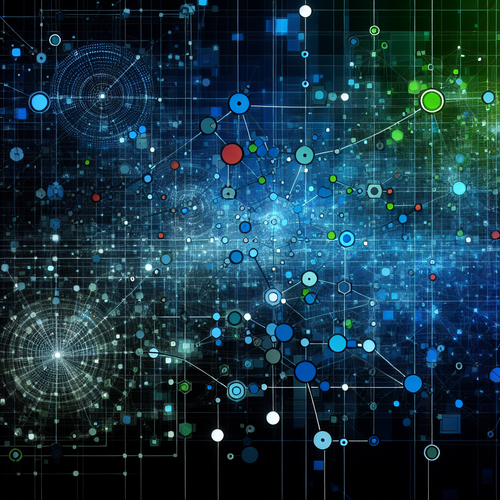
Understanding Web 3.0: The Web's Next Revolution
What is Web 3.0?
Web 3.0 represents the next significant evolution of the internet—a decentralized milieu where users maintain control over their data, and digital monopolies are dismantled. Unlike Web 2.0, which relied on centralized servers, Web 3.0 leverages blockchain technology and decentralized protocols.
Key Features of Web 3.0
This new age of technology comprises several fundamental features:
- Decentralization: By removing intermediaries, data becomes a property of users who can store and control their information freely.
- Blockchain and Cryptocurrency: Secure and transparent transactions are possible with blockchain, serving as the foundation for digital currencies and smart contracts.
- Semantic Web: Enhanced with AI to understand user queries better, the semantic web intends to provide more relevant, context-aware information.
Implications for Developers
Developers are central to the Web 3.0 landscape, employing blockchain for creating decentralized applications (dApps). Languages such as Solidity enable developers to write smart contracts that automatically enforce and execute agreements. This paradigm shift requires a rethinking of programming models and databases.
Transitioning from Web 2.0 to Web 3.0
The move from Web 2.0, characterized by user-generated content and social networking, to Web 3.0, promises enhanced privacy, transparency, and user governance. Companies exploring Web 3.0 may face initial challenges but stand to benefit in the long run. The introduction of quantum encryption and similar advanced technologies could play a significant role in securing the Web 3.0 framework.
Challenges and Opportunities
Adopting Web 3.0 does come with challenges, such as scalability issues and the complexities surrounding the integration of existing systems with blockchain technology. However, these challenges also present unique opportunities for innovation, community-driven initiatives, and fairer revenue models.
Current Implementations
Several platforms and services already adopt Web 3.0 principles. Ethereum (Official site) leads with its smart contract functionality, enabling countless decentralized applications flourishing in ecosystems that value transparency and trust.
Conclusion and Future Outlook
As Web 3.0 continues to develop, it holds the potential to transform how we interact with the digital world. From enhanced privacy to new economic models, the changes will be profound. Stay informed on developments to keep ahead in this rapidly evolving landscape.














